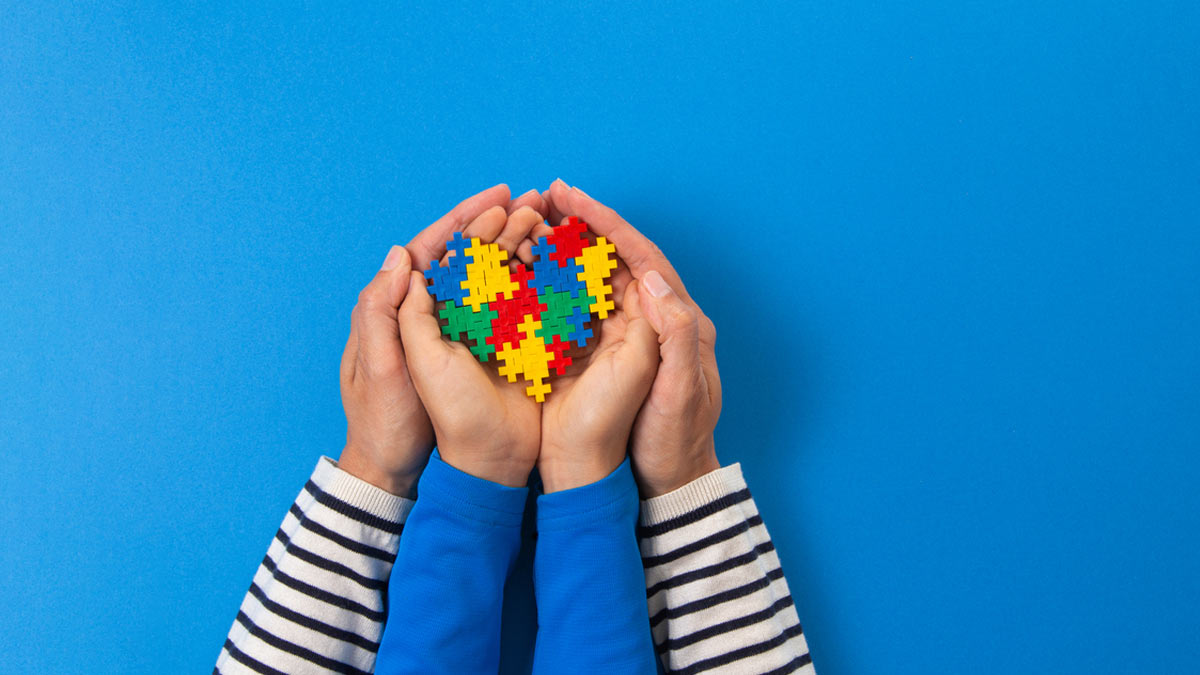
Birth of a child brings cheerfulness and joy in a family. Baby’s squealing and cries fills the home with merriment. Yet, for some families, tables may turn, particularly when they encounter autism spectrum disorder (ASD). In infants sometimes the signs and symptoms of ASD can go unnoticed. Hence, it is important to know about early signs of it to help parents with support and equip them with adequate knowledge.
Table of Content:-
To know how to decode signs and symptoms of ASD and therapy options for it, OnlyMyHealth team interacted with Dr Neelu Desai Consultant - Paediatric Neurologist and Epileptologist, P D Hinduja Hospital & MRC, Mahim, Mumbai.
Early Signs and Milestones
According to Dr Desai, ASD encompasses a spectrum of neurodevelopmental variations characterised by social interaction and communication challenges, alongside repetitive behaviours. “Recognising potential indicators early paves the way for timely intervention and support,” she said.
Here are some common signs to be aware of in infants and toddlers.

1. Limited Eye Contact
Dr Desai said that babies with ASD may make eye contact not very frequently or they struggle to maintain eye contact during interactions with parents or caregivers.
2. Delayed Communication Development
Babies tend to babble a lot. In babies with ASD, Dr Desai said lack of babbling is observed and they may use limited gestures. Other signs of late communication development can be delayed spoken language milestones.
Also read: Autism & Anxiety: Expert Weighs In Understanding & Treating Co-occurring Conditions
3. Repetitive Actions
“Engaging in repetitive movements like hand-flapping, rocking, or lining up toys in a specific order can be a sign of ASD,” Dr Desai said.
4. Resistance to Change
Dr Desai said that kids with ASD usually thrive on predictability. Change or disruption in routine can make them upset.
5. Sensory Sensitivities
In kids with ASD, extreme sensitivity or aversion to certain sensory stimuli like loud noises, bright lights or specific textures is common.

Guiding Your Child's Journey
ASD diagnosis can be overwhelming and difficult for parents. But there are a lot of therapy options available. Each child is unique and therapy selection should be done as per their needs and strengths. Here are some commonly employed therapies for ASD listed down by Dr Desai.
1. Early Intervention Programs:
“These programs offer tailored support and therapies designed to address developmental delays and enhance social, communication and other cognitive skills in young children with ASD,” Dr Desai said.
2. Applied Behaviour Analysis (ABA Therapy)
This therapy focuses on modifying behaviours of the kids and teaching them new skills through structured and repetitive techniques. “It emphasises positive reinforcement to encourage desired behaviours and reduce challenging ones.”
3. Speech and Language Therapy
This therapy aims to improve the communication of kids with ASD including speech articulation, understanding language, and social communication abilities.

4. Occupational Therapy (OT)
To promote independence in daily activities and improve overall quality of life, OT helps in developing fine motor skills, sensory integration, and adaptive behaviours.
5. Social Skills Training
“Group-based interventions or individual coaching sessions help children with ASD develop social skills like turn-taking, initiating interactions, and understanding social cues,” said Dr Desai.
Also read: A Special Needs Mom Shares How Quality Of Life In Children With Autism Can Be Improved
Building a Support System
While there may arise challenges for parents, they must know that they are not alone. Dr Desai advised on building a strong support network of healthcare professionals, therapists, educators, and other families impacted by ASD can provide invaluable guidance and encouragement.
Furthermore, she added, “Celebrating small victories and embracing the unique strengths and abilities of children with ASD fosters a nurturing environment that encourages growth and development. With patience, resilience, and unwavering love, parents can empower their children to thrive and flourish, illuminating a path towards a brighter and more inclusive future for all on the autism spectrum.”
Also watch this video
How we keep this article up to date:
We work with experts and keep a close eye on the latest in health and wellness. Whenever there is a new research or helpful information, we update our articles with accurate and useful advice.
Current Version